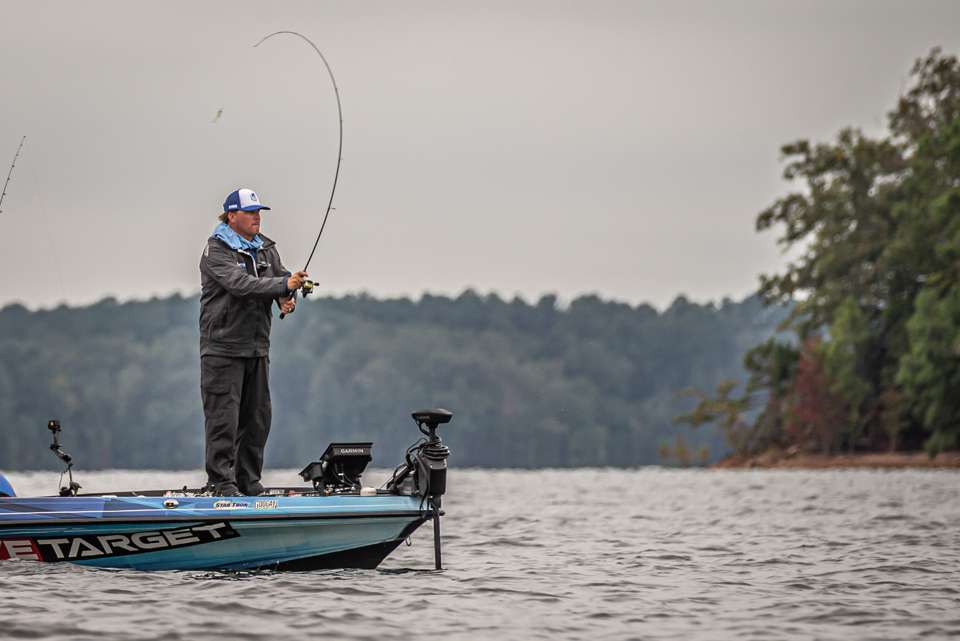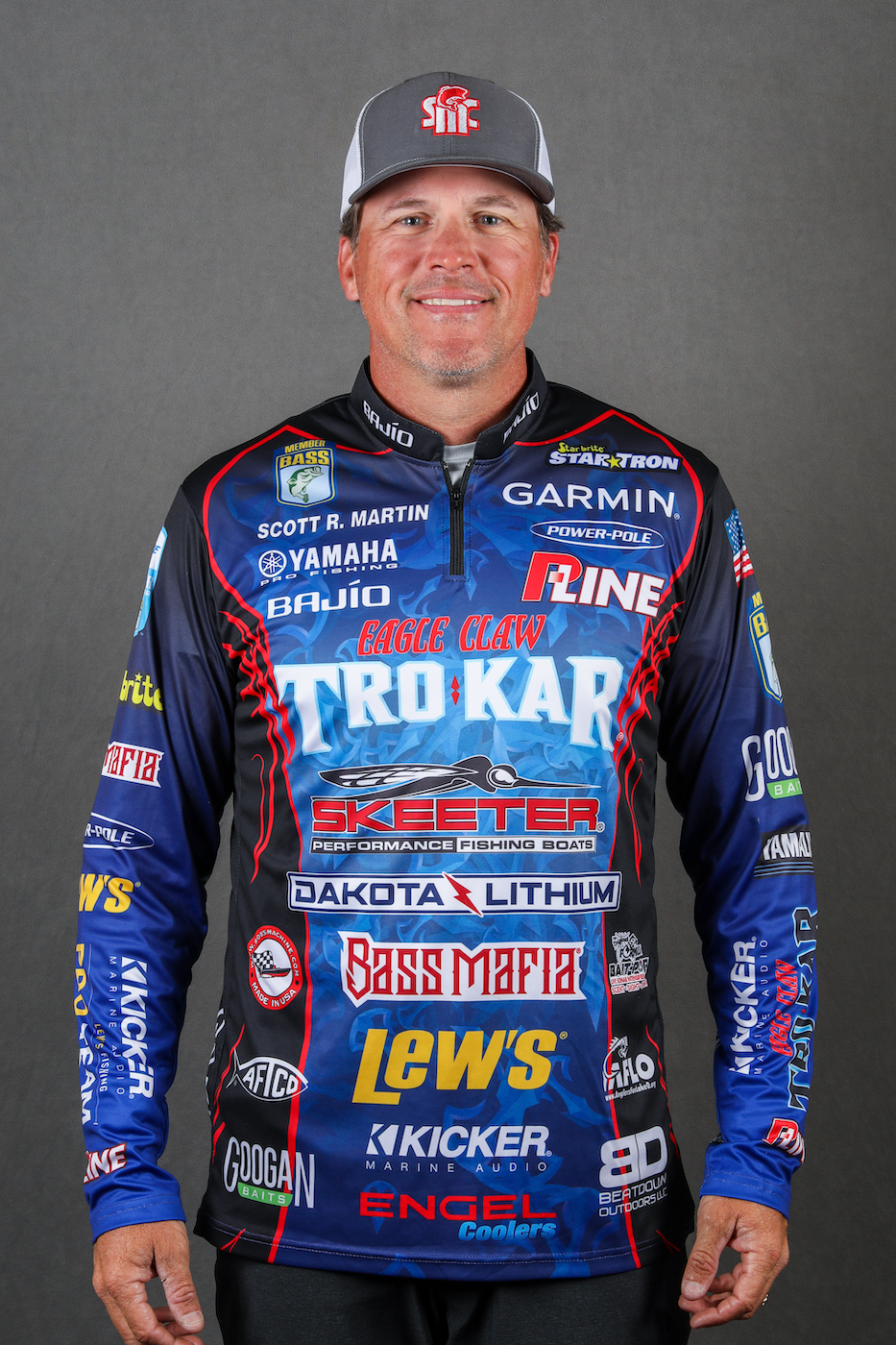
When we use the term “junk fishing,” it’s not a bad thing. The fact is, there are times when you just can’t get dialed in on a particular pattern. When this happens, you often have to rely on rotating through several different baits and techniques to find what the fish will respond to.
In many cases, junk fishing your way through a tournament day means weighing a limit of fish caught on five different baits. That doesn’t mean you had a bad day; it just means you did what you had to do to fill your limit.
Junk fishing may be necessary just about anytime of the year, but in the fall, it’s a pretty dominant pattern. That’s simply because, in my opinion, the fish are really difficult to catch out deep. Even when they school up in the fall, a lot of times, they simply won’t bite.
I think this is due to two main factors. First, fall finds a large volume of very small baitfish in the water. These are the baitfish that recently hatched, and when the bass are focused on this tiny forage, it can be very difficult to get them to bite artificial baits.
Also, we see lakes turn over in the fall and that definitely affects the way fish feed. Because of this, you have to try several different lure sizes and styles to get them to react.
Another factor is that, while there typically are more fish deep, the ones that are shallow are scattered. You may find one on a laydown, one in the grass, one on a dock; you’re just not likely to run into a group of fish in one scenario.
Because they don’t seem to reload in the fall, it’s hard to run a pattern. You might think that persistence is essential to fall junk fishing — and it is; but you have to look at it the right way.
What I mean by that, is you have to keep making lots of casts at different spots with different baits. The secret is having the strength and the confidence to not go to the same spots multiple times.
There’s an exception to every rule, and it you believe a particular target — a dock, a grass line, a secondary point — will produce multiple times a day, then definitely give it a shot. In most cases, you’ll do best by running multiple spots in a day and doing your best to figure out what the fish like on each one.
From a strategic standpoint you can look at junk fishing from two approaches: You find the area that you think has the most fish and try to make enough casts with enough different baits to trigger a few bites.
The other option is to junk fish many different areas throughout the day and hope you run into them. Knowing which approach to take can be tricky, but tournament fishing is about getting as many bites as you can in an hour, so it really comes down to what scenario offers you the best opportunities.
If there’s a lot of pressure and lot of anglers hitting the same type of cover you’re fishing, you might want to try to find that one key area, as opposed to fishing behind other anglers. On the other hand, if you’re in a good area and there’s not a lot of pressure, you might do better by staying put.
Either way you go, there’s no shame in junk fishing. In fact, it’s often your best fall game plan.





